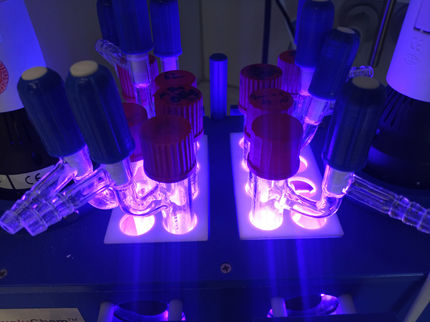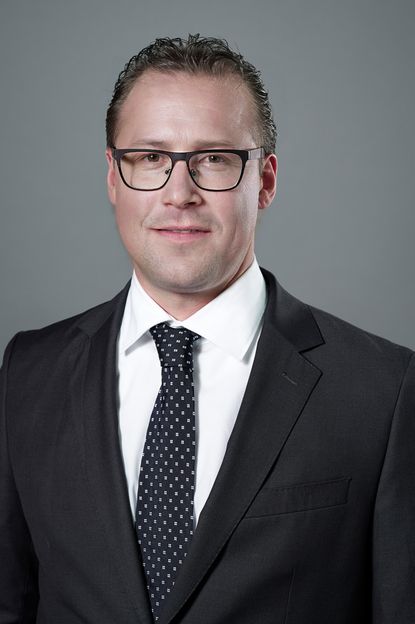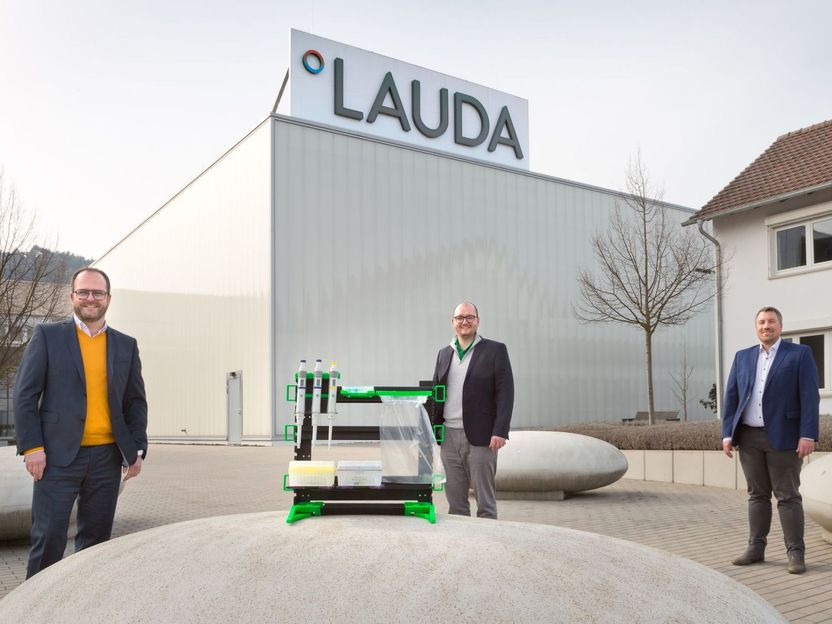Synthesis of medicinally privileged heterocycles through dielectric heating
Heterocyclic compounds are enormously crucial in various industries including food, agricultural, cosmetics and pharmaceuticals. Heterocyclic pharmacophores are one of the main chemical components in drug discovery research. A report in 2013 claims that four out of six and nine out of twenty one highest selling medicines in the world are small molecule heterocyclic compounds. Therefore, easy access of medicinally active heterocycles or drug candidates is essential for a routine structure-activity relationship (SAR) study.
Reactions under environmentally benign conditions following green chemistry techniques are a subject of intensive investigation. Microwave-induced rapid synthesis of organic compounds helps to reduce waste formation by reducing unwanted side reactions, maintaining atom economy, and providing products with high yield and, in many instances, with predictable stereochemistry.
Since the discovery of microwave-induced reactions in synthetic organic chemistry in 1986, this method has witnessed an exceptional development in chemistry as well as in other related fields. Diverse organic compounds prepared by microwave-induced reactions in a much more convenient way compared to traditional pathways. Consequently, scientists have demonstrated key interest to use this technology as a routine method in their research endeavor.
Although there are a number of advantages in conducting microwave-induced reactions for the preparation of known and unknown organic molecules, the most important reason that the scientists are interested in this method is because of the significant acceleration of the reaction rate of a chemical reaction regardless whether the method is known or unknown. The principal cause of acceleration of reaction rate in microwave-mediated processes is the thermal/kinetic effects which are due to sudden rise of high reaction temperature when reaction with polar reactants is conducted in a domestic or automated microwave oven. Many examples are demonstrated to prove that the rate of reactions is significantly enhanced by dielectric heating.
Therefore, many reactions are completed very quickly. Microwave-induced methods save much more energy since they require 50% less power than electric furnaces of equivalent capacity. Moreover, it is also argued that the rate of many organic reactions is accelerated under the direct influence of microwave irradiation. The enhancement of reaction rate is explained by certain evidences. However, it is generally believed that an interaction between the electric field components of the microwave with the dielectric properties of the polar reagents/solvents that increases relative permittivity of the reagents/solvents is responsible for the acceleration of the rate of reaction of many chemical processes. As a result of this interaction, intrinsic internal heat is generated in the reaction media that enhances the reaction rate. Microwaves are unable to heat the wall of the glass reaction container.
The possibility of different side reactions and subsequent formation of byproducts becomes much less since the reactions occur rapidly as well as the heat is uniformly distributed in the reaction vessel. These characteristic properties of dielectric heating make it highly appropriate to conduct a number of organic reactions successfully. These include Staudinger cycloaddition, condensation, cyclocondensation, Knoevenagel condensation, catalytic methods, Sonogashira coupling, acid-mediate processes, multi-component reactions, olefin ring metathesis reaction, the Hantzsch reaction, heterocyclization, elimination as well as selective chemical functionalization and other transformations. This review demonstrates the recent progress that has been made in microwave-induced reactions with an insight into the synthesis of the drug categories based upon various diseases.
It is subdivided according to the main therapeutic actions of the synthesized compounds on various diseases, for example, antimicrobial, anticancer, anti-inflammatory, antioxidant, antidiabetic, neurodegenerative diseases, cardiovascular diseases, antiviral, and anti-obesity drugs. Efforts have been made to categorize the heterocyclic compounds based upon their therapeutic actions. However, it is understandable that an overlap with other diseases is difficult to control and any omission is truly unintentional. Fused-ring aromatic heterocycles, spiroheterocycles and polycyclic molecules are considered for discussion. Both automated microwave reactor and domestic microwave-induced reactions are discussed.
The availability of different types of microwave ovens and simplicity associated with microwave-induced reactions would certainly lead to use this technique by many researchers in the coming years. Several applications of dielectric heating are being reported in pharmaceutical industries, combinatorial chemistry and library synthesis. It is our belief that microwave-induced reactions for the rapid preparation of biologically active organic molecules as described herein will find wide applications in chemical, pharmaceutical and pharmacological research.
Original publication
Other news from the department science
Most read news
More news from our other portals
See the theme worlds for related content
Topic world Synthesis
Chemical synthesis is at the heart of modern chemistry and enables the targeted production of molecules with specific properties. By combining starting materials in defined reaction conditions, chemists can create a wide range of compounds, from simple molecules to complex active ingredients.

Topic world Synthesis
Chemical synthesis is at the heart of modern chemistry and enables the targeted production of molecules with specific properties. By combining starting materials in defined reaction conditions, chemists can create a wide range of compounds, from simple molecules to complex active ingredients.
































































